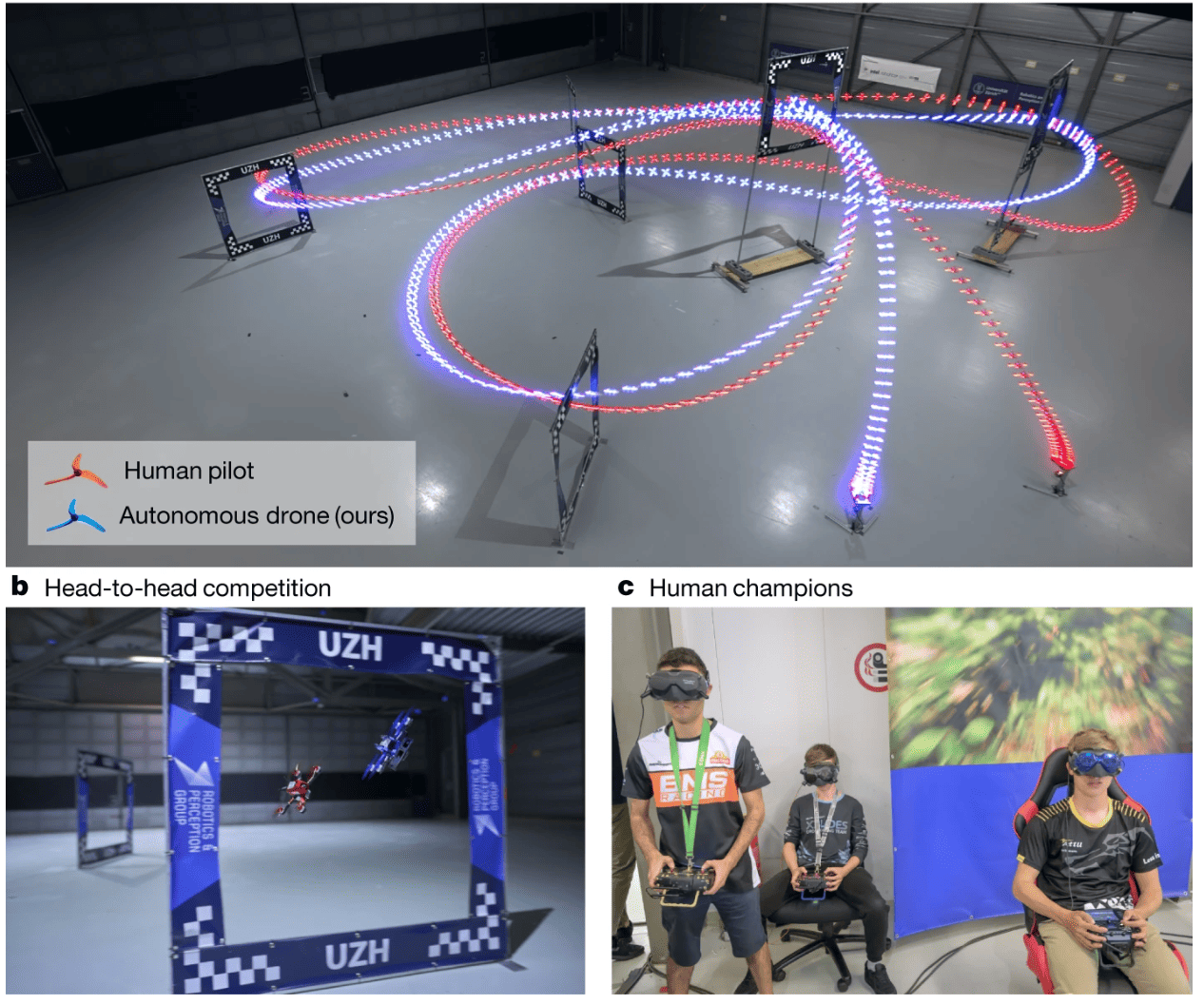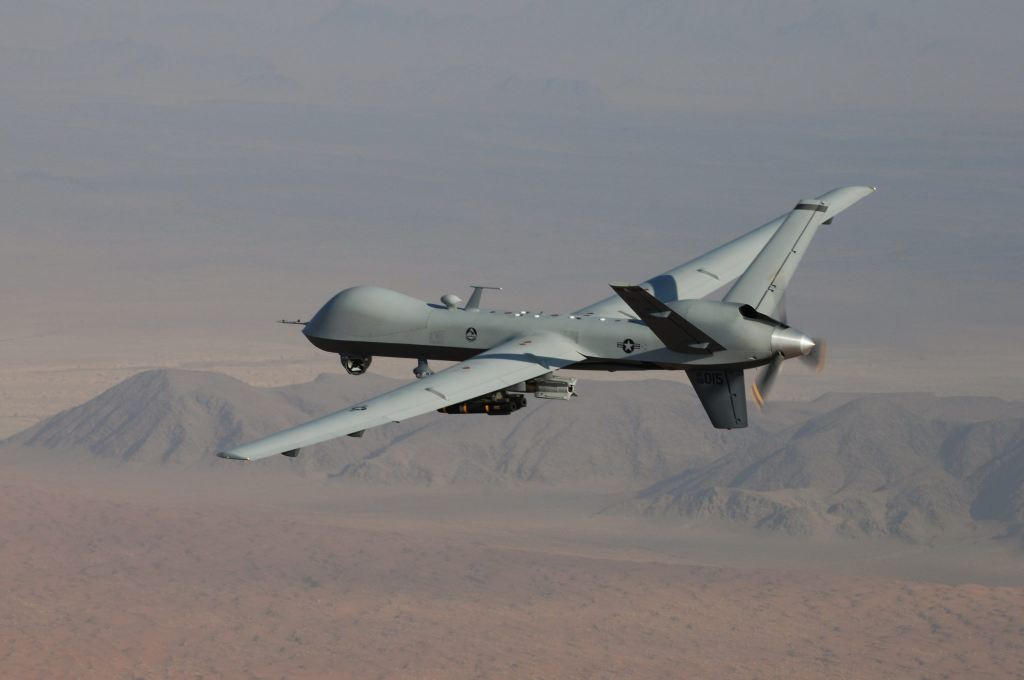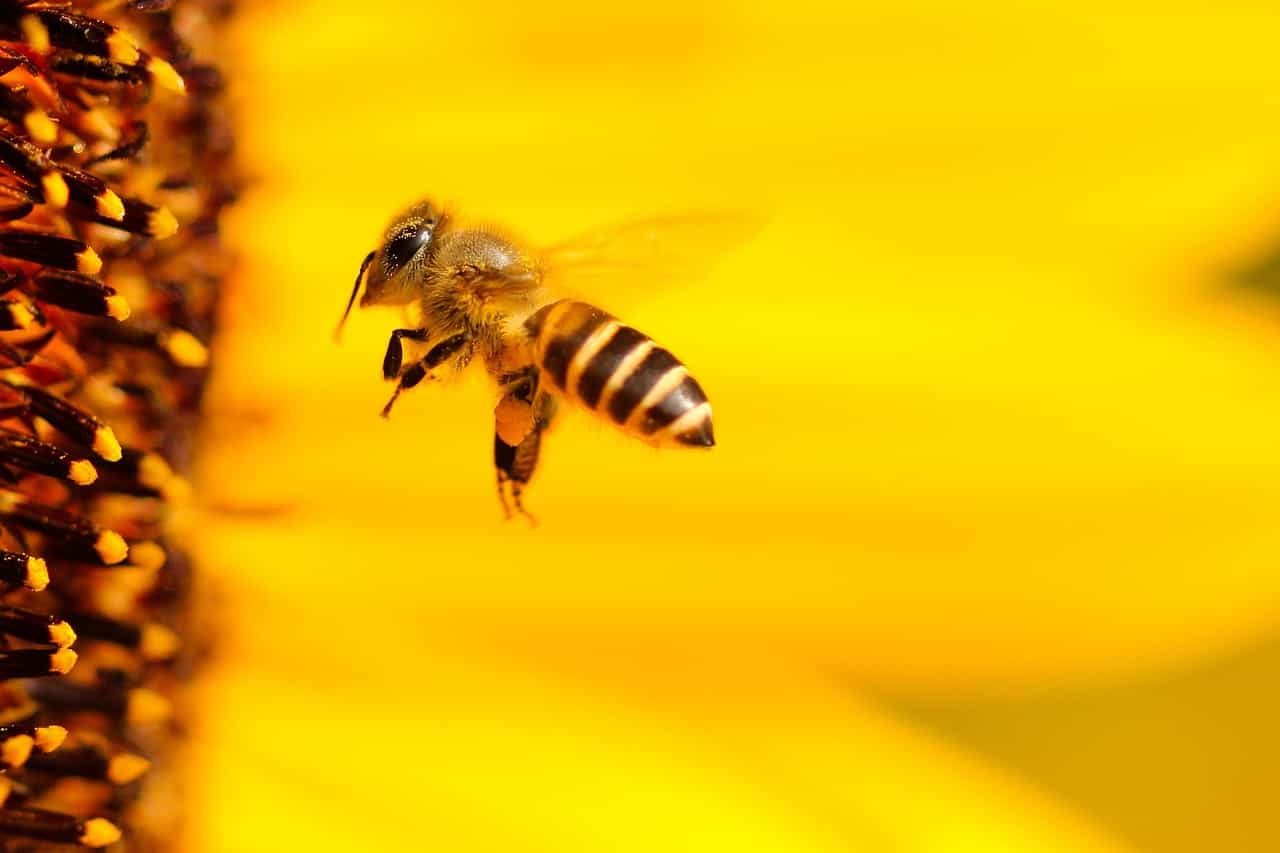
It is a first for the world of technology and sport, perhaps even the beginning of a new era. An AI-controlled drone, developed by scientists at University of Zurich, can beat professional drone racers. This was reported in Nature this week. The drone, named Swift, competed against three human champions, including the world champions of two international competitions, in head-to-head races. Swift won 15 of the 25 races and recorded the fastest time. It is the first time artificial intelligence has won a race against humans.
- An AI-controlled drone called has beaten human professional drone racers in 15 out of 25 races and recorded the fastest time;
- It is the first time artificial intelligence has achieved victory in a real race against human opponents.
- Swift’s success is based on a combination of algorithms that process sensor input and camera images to navigate race conditions.
AI for the win
The win is not only a first, but also a testament to the progress in the development of autonomous flying drones. The research team behind Swift emphasises that this is a big step forward for the field. Since the drone can navigate autonomously and make decisions based on the data it receives, the results of this research could help make drones more energy efficient.
Swift’s secret
However, what sets Swift apart from other AI drones? Perhaps anything you name ‘Swift’ becomes a success, but according to the scientists, its success is due to a combination of algorithms Swift uses to navigate while racing. The drone uses a neural network, which detects gate vertices based on camera images, and traditional algorithms that process sensor input about speed and position. A second neural network controls thrust and rotation speed based on inputs from the other algorithms.
Then there is a third algorithm: ‘reinforcement learning’. It enables the drone to learn from its experiences, improving performance as it gains more experience. According to the researchers, a “crucial” for Swift’s performance in the real world.

Challenges of the ‘real world’
Despite its impressive performance, Swift is not without its limitations. Real-world racing conditions pose a challenge to the AI drone. Factors such as changes in lighting conditions, less defined gates and other competing drones can affect the drone’s performance.
Drone racing in the real world is a challenge for roboticists because unexpected events occur for which data from previous training cannot help. Although Swift was able to beat human pilots in many races, he was beaten in 40 per cent of races and suffered crashes, especially in response to changes in the environment.
Future of AI in drone racing
Swift’s victory is an important step forward in the world of AI and drone racing, but there is still much work to be done. On the one hand, the technology behind Swift can help design more energy-efficient drones. On the other hand, the results of the research could have applications in areas such as search and rescue operations and inspections of large structures.
While there are concerns about the potential military applications of AI drones, it is important to stress that Swift is primarily designed for drone racing. The drone is small and light, and its manoeuvring capabilities are based on on-board sensors and computing power. Although military interest in AI drones is strong, experts are cautious about directly applying these advances in military contexts.








